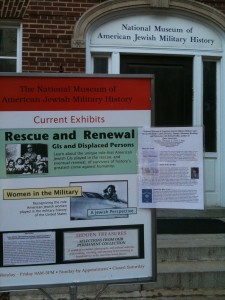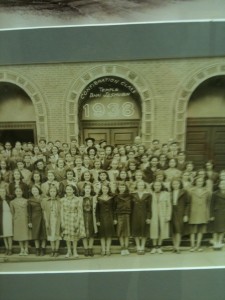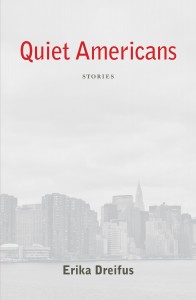Thursday’s Post-Publication Post: The “E” Word
Here’s one question you never used to hear authors asked at their readings and signings:
“There’s an ebook version, right?”
The times, they have a-changed! Despite the fact that I’m pretty up-to-date on publishing and bookselling trends and by no means a stranger to the news that ebooks are becoming increasingly popular, I’ve been surprised by how often I’m asked if/when my new story collection, Quiet Americans, will be available as an ebook. The question came up again (and again) on my recent trip to D.C. for the Association of Writers and Writing Programs (AWP) conference and reading/signing at the National Museum of American Jewish Military History. But for someone as tech-challenged as I am (I still haven’t dared to buy an ebook reader of my own), the conversion process is a bit…intimidating.
So I was grateful to see Joel Friedlander (“The Book Designer”)’s February 10 post:
Every author I’ve talked to recently has questions about ebooks and how to go about getting their book ready to go on sale in the Kindle store, the iBookstore and all the other venues where people are buying ebooks to fill up their new Kindles, iPads, Nooks, Kobos and other ebook readers.
Since most of these books start off life as print books, getting your book ready for life as an ebook is a matter of converting the print files to ebook formats like Mobi and ePub.
So the answer to this question of how to move to ebooks involves finding someone to make these file conversions. People who create ebooks need to have skill at understanding how books are constructed, and how best to interpret them in the ebook environment.
Joel’s post goes on to provide some excellent guidance and a new resource: a directory of companies offering ebook conversion services.
Since I’ve worked with Joel before (he is indeed The Book Designer behind Quiet Americans), I trust his recommendations, and I’m waiting to hear back from someone he referred me to. Remember that I am working with a new micropress; my publisher can manage getting a book listed on Amazon for the Kindle, but I’d like to explore some other options and see what we can do to get Quiet Americans available as an ebook for multiple platforms.
I’ll conclude with another blast from the past: In the “old days”–and it still happens–publishers planned hardcover releases with paperback releases to follow many months later. And with the paperback release came another round of publicity and promotional opportunities. But it’s a new day. Quiet Americans was released last month–as a paperback. And, if all goes well, it will indeed be available as an ebook–for your summer reading. In case anyone asks.


